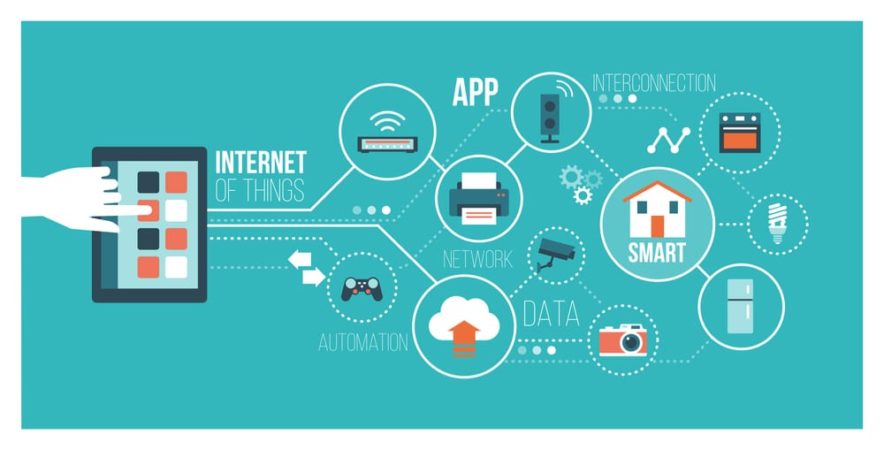
Let’s find what you’re looking for. Search our resources, blog, pages, and any other content on our website.
Slowly but surely, technology is creeping into every aspect of our lives. We interact with computers before we even leave the house in the morning- think automated thermostats, smart Vs, WiFi connected coffee pots and BlueTooth enabled garage doors. This is the Internet of Things and Machine to Machine communication.
M2M stands for “machine to machine” and refers to the communication that occurs between specific devices (machines). These devices can be connected via a mutual network connection. Connecting devices offers ease of mobility and cross-device communication. IoT, or the “internet of things”, is similar to M2M, but so much more. It encompasses the people, places, things, events, and actions that comprise a mind-boggling amount of data. The “things” that make up the IoT are tagged with unique identifiers that distinguish them from each other. The data that is generated is then transmitted to other devices or other people and these connections are not dependent on direct contact or interactions. In the vast network of the IoT, the most mundane of things can be a conduit for collecting information: thermostats, security systems, vehicles, traffic lights, and appliances can all be used to generate information.
The number of ways that the IoT can affect businesses is infinite. Depending on the industry, what the business’s goals are, and what types of sources they are using, the impact on the success of a business and the scope of a business are limitless. The amount of data that is out there to collect and analyze is staggering. One of the first things a business owner or CEO needs to figure out is what are their goals, both immediate and long-term. Once these goals are defined, then they can look at what available data is out there and how they can use that data to meet those goals. One can even take the opposite approach and research what type of data is out there, how it pertains to their business or industry, and then design their company’s goals based on that information. Using the IoT to shape a business requires a company to evaluate their tech tools and products and upgrade or replace them if they are not already doing so. To be able to collect relevant data, there needs to be a means to collect that same data and ensure it is relevant to their scope of operations. Do they already have products in place that can be upgraded to include data collections sensors? Does that product need to be created? If the business does not sell tangible products, in what other ways can they collect the necessary information? Apps, software, website interactions, etc. can all be a part of this collection process.
Besides the obvious benefits of increased efficiency and productivity that come with effectively utilizing IoT, there are other benefits as well. One of the most obvious benefits is using this data to predict consumer trends. Being able to predict future trends and sales allows a company to concentrate resources in those particular areas that will produce the biggest return. A not-so-obvious byproduct of IoT relates to internal operations and performance. There are industry leaders who are using IoT for delivery routes to increase efficiency and also to reduce environmental impact. By actively analyzing the feedback they get from internal sensors, they can use the findings to create more efficient routes. Other companies use the sensors to analyze travel times, temperature and other climate conditions on shipping vessels to minimize losses and damage to inventory that requires special handling and storage. Gyms use visitor data to track individual performance, suggest modifications and to encourage accountability.
Knowing that all of this information is out there for the taking is one thing, but understanding that data and knowing how to use it is a whole different story. Give the experts at Access One a call to find out how we can help your company stay competitive and ahead of the curve.